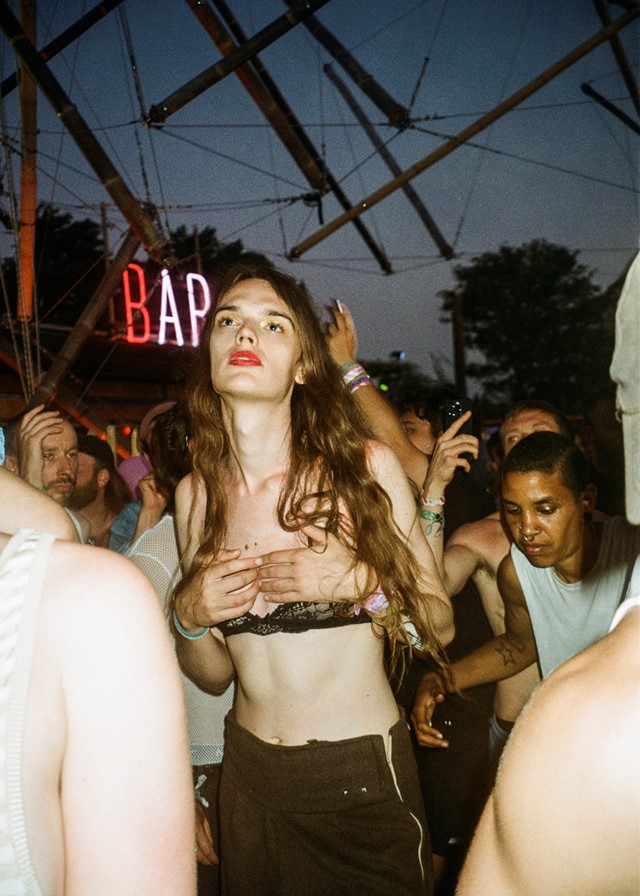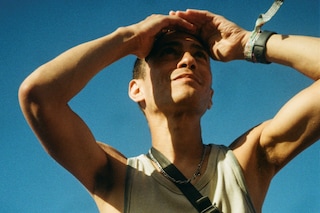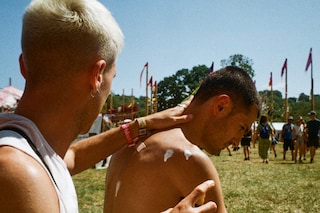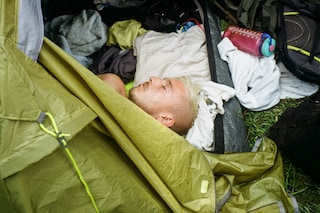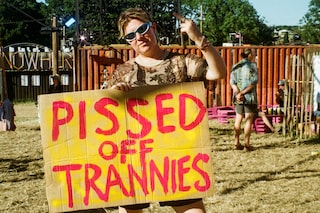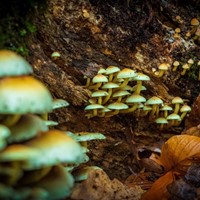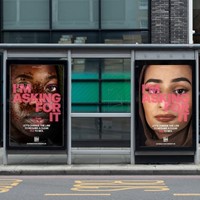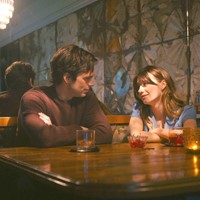Although the festival is becoming increasingly commercial, its defiant original spirit is still thriving in Block9 and the southeast corner
One thing that was uttered a lot, in the queues and crowds of this year’s Glastonbury, was how much the festival had changed over the years. “It’s not what it used to be,” I heard one man in a straw fedora lament, while mournfully watching the sunset in the stone circle. Although he was actually just describing time, there’s some vague truth in that sentiment: this year the main stage lineups felt particularly uninspired, like a Radio One Big Weekend from 2008, with increasingly more space being allotted to luxury £25,000-a-night yurt stays (even ES Magazine warned that the festival was at risk of being ruined by the “Boujie Brigade”). As the heaving walkways came to frequent standstills, there were also unfounded whispers that the festival must have been overselling tickets by tens of thousands, probably to keep up with growing costs.
But the beauty of Glastonbury – and what makes it the best festival in the world, even still – has always been in its variety. Yes, on a cursed evening you might, somehow, find yourself doing a beatbox workshop in the Theatre and Circus field, bopping along to the jerking wails of The Pigeon Detectives. You could also, somehow, get cornered by a ketty estate agent while the giant Arcadia spider blows thundering blasts of fire at your face. But you can just avoid this netherworld completely and have a whole other festival, just by trudging 10 minutes in the opposite direction.
Nowhere is this escapism felt more keenly than in the site’s southeast corner; a whole other universe where the utopian and defiant original spirit of Glastonbury is still thriving. Along with the more radically anti-capitalist Shangri-La, Block9 is a central part of this area, and has long been celebrated as a home for the festival’s queer community. The immersive, late-night rave site was created by Gideon Berger and Steven Gallagher, the masterminds behind Banksy’s Dismaland castle, who each year turn their corner of the farm into an ambitious “temporary alternative reality” – a space centred around joy, freedom, and underground culture. “Having something like Block9 within the festival is very important,” says photographer Dani d’Ingeo, who also attended Glastonbury this year. “The utopian feeling is that, even for just a few days, once a year, the rest of the world doesn’t matter.”
This year, Block9 celebrated its ‘sweet 16’ at the festival, with a lineup of “artists, drag queens, activists, go-go butcher boys and ravers”. As well as its colossal sculptural IICON stage and the 90s rave-inspired Genosys Sound System, the majority of these acts were found in its queer nightclub NYC Downlow – a replica of 1980s “bathhouse-cum-meatpacking warehouse” – which attracted winding queues with its Elton John-inspired Rocket Glam nights and sets from Shelter, Rick Wade and Mood II Swing. (In the smoking area, I heard another man shouting about it being the absolute best, most exclusive club in the world – and given that it’s only on four nights a year, it felt like a statement of fact).
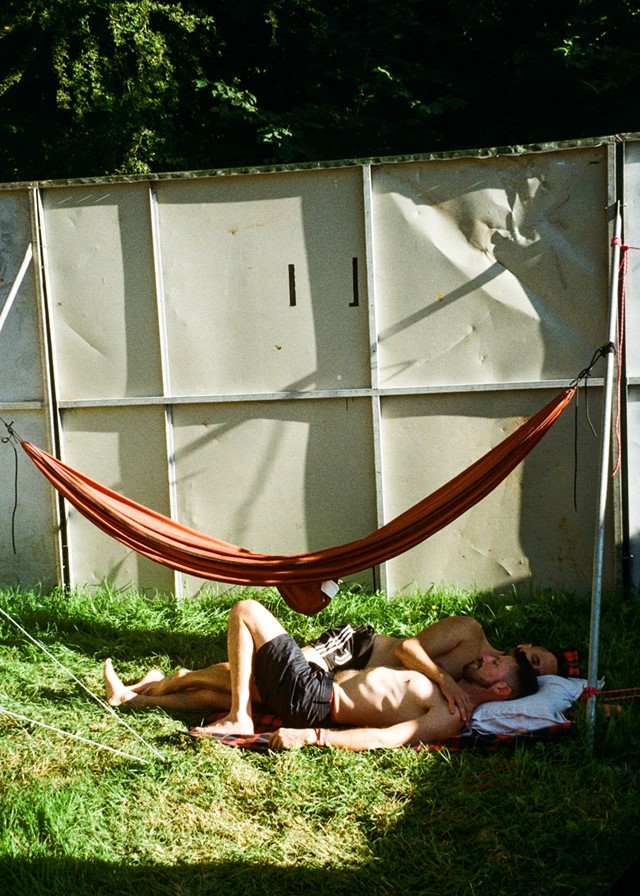
What makes Block9 feel even more special now is its unflinching political engagement, which can feel at odds with the twee commercialism of most mainstream festivals. With authoritarianism tightening its grip on the UK, trans rights under increasing threat, and brands boycotting their Pride campaigns, spaces like NYC Downlow take on a hallowed status. “In the last few years, our freedoms and our right to protest have come under sustained attack,” said Berger in a statement, when discussing the inspiration behind this year’s edition. “The creation of new draconian laws means our liberty is being systematically eroded. Block9’s 16th birthday party is a stand against right-wing populism, and a celebration of all things alt!”
D’Ingeo agrees: “My favourite thing about Glastonbury is how politically charged it is. The magic of it is knowing that like-minded people come together not only to enjoy amazing music, but also to celebrate a world that they believe in and a future they feel possible.” It’s a celebration of optimism and escapism, but also a four-day exercise in consciousness-raising: in the day, they captured revellers as they sunbathed, listened to talks, or went to a London Trans+ Pride takeover at Shangri-La; in the evening, they ventured into the smoke and shadows of Downlow, to dance off any remaining cares until the following morning. “It was particularly important to have that evening of celebration with London Trans+ Pride. There was so much love and joy in the air,” the photographer says, finally, “and despite everything happening in this country right now we came together and felt truly free.”
Join Dazed Club and be part of our world! You get exclusive access to events, parties, festivals and our editors, as well as a free subscription to Dazed for a year. Join for £5/month today.
